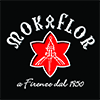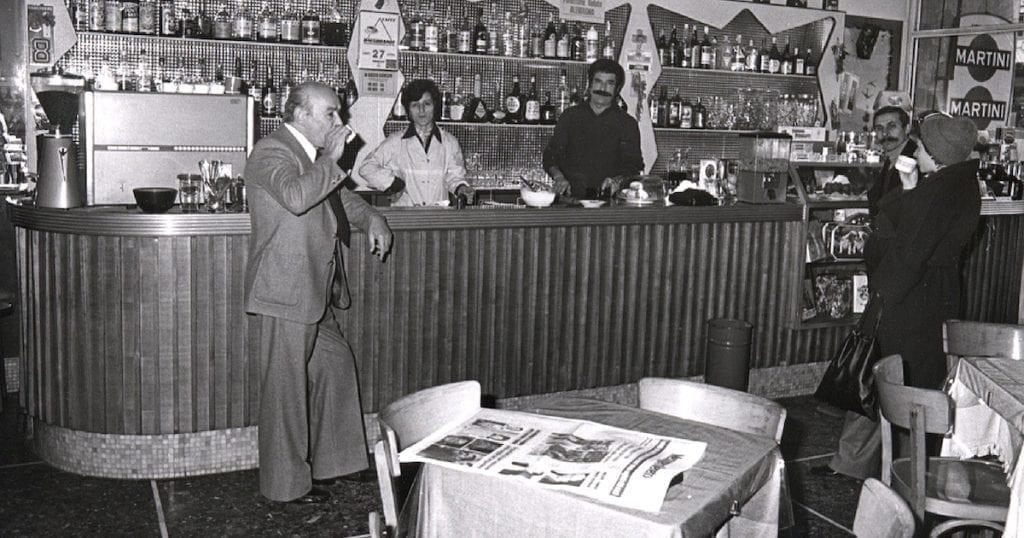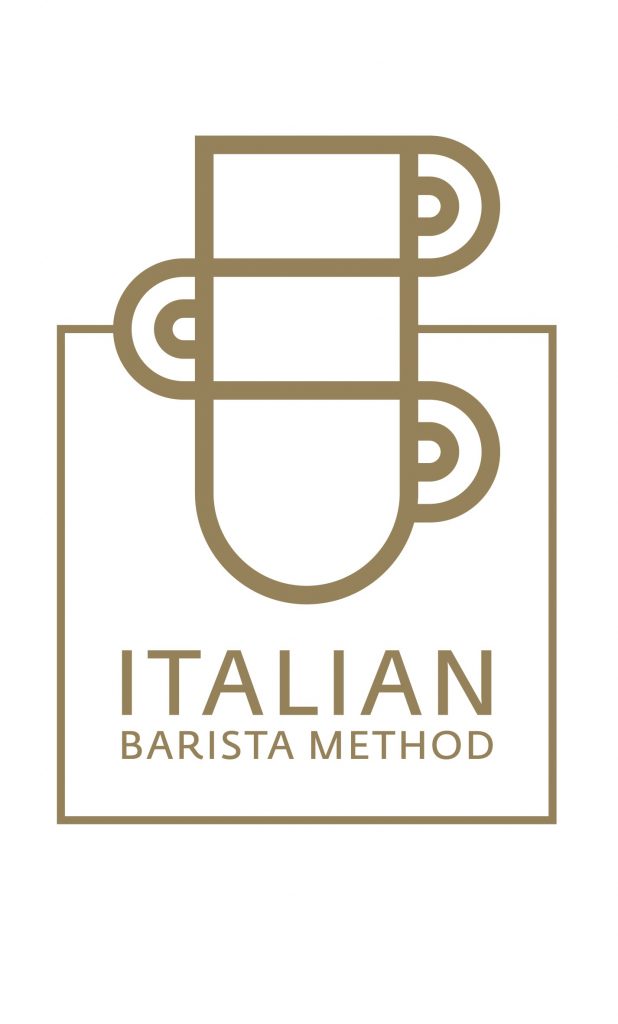If you think about it, the world-recognized opinion that coffee is Italian, seems quite bizarre.
The coffee plant, originally from Ethiopia (at least for the Arabica variety) doesn’t grow in Italy and finds its right habitat in tropical areas. Italians are not even the biggest consumers of coffee. In fact, speaking of per capita consumption, we drink just a bit over the half of the coffee compared to the benchmark of the other Northern European countries. In the table you can see how also several Middle Eastern nations have higher consumption than the Italians do (even if there, most of the consumption takes place with the Ibrik extraction method).
But one aspect is undeniable: when we talk about coffee, we talk about Italy. And many words, commonly used in the world of coffee, such as: espresso, cappuccino, latte macchiato, are all Italian words!
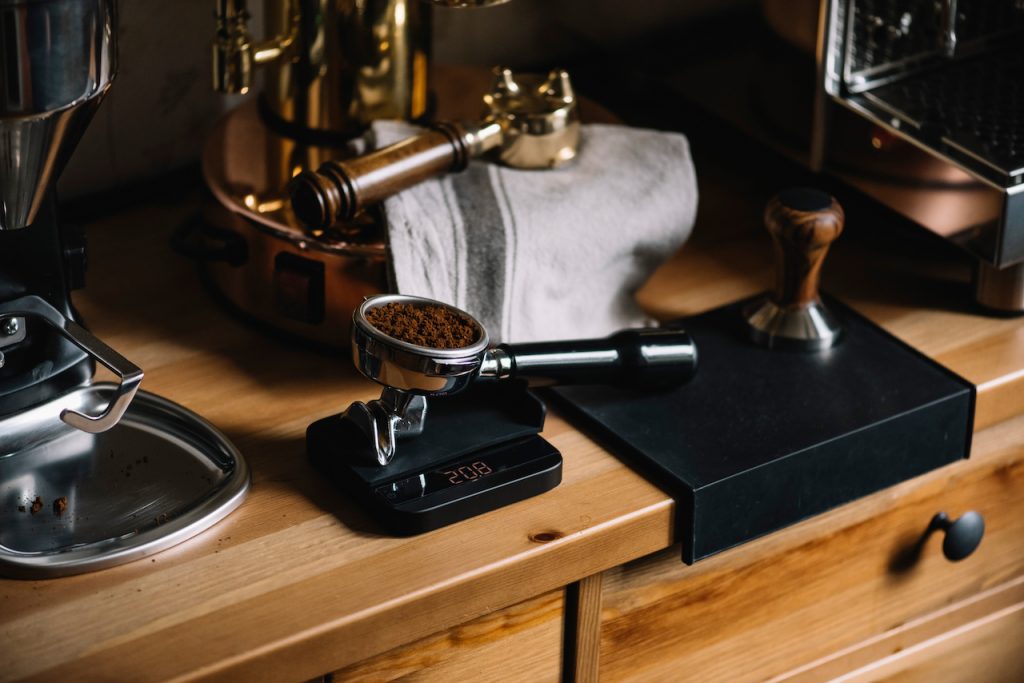
EVERYTHING STARTED WITH ESPRESSO
In fact, the beginning of the Italian coffee legend does not start with the product, but with its technology. Until the early 1900s, coffee was prepared with infusion methods, such as the Turkish way or with the French press. All comfortable and quite easy methods, but neither of them very effective nor fast. And we all agree that, in the morning, we need our caffeine… FAST!
For this reason, various experiments were to be carried out, to make coffee extraction more effective and quick. One of the first methods was to try to exploit gravitiy. By placing a large boiler on top of a rudimentary coffee machine, for example, in which the amount of water “weighed” on the coffee itself.
This turned out to be quite an inconvenient system, which in fact never passed the prototype stage. The method patented by the mechanic Luigi Bezzera in 1903, instead, exceeded this level. This system was based on the use of apressure steam, which pressed very hot water on the coffee, making the extraction faster and more effective. Read more about this in our article on: the importance of the crema for espresso!
Slowly but surely, this method took hold. More and more Italians began to adopt it and to offer their customers the so called Espresso, named after the fastest Italian trains of the time, the “express”. To reinforce this message companies also started using the comparison for advertising. See here below a historic poster of the time, in which a gentleman snatches a cup of coffee leaning over a moving train.
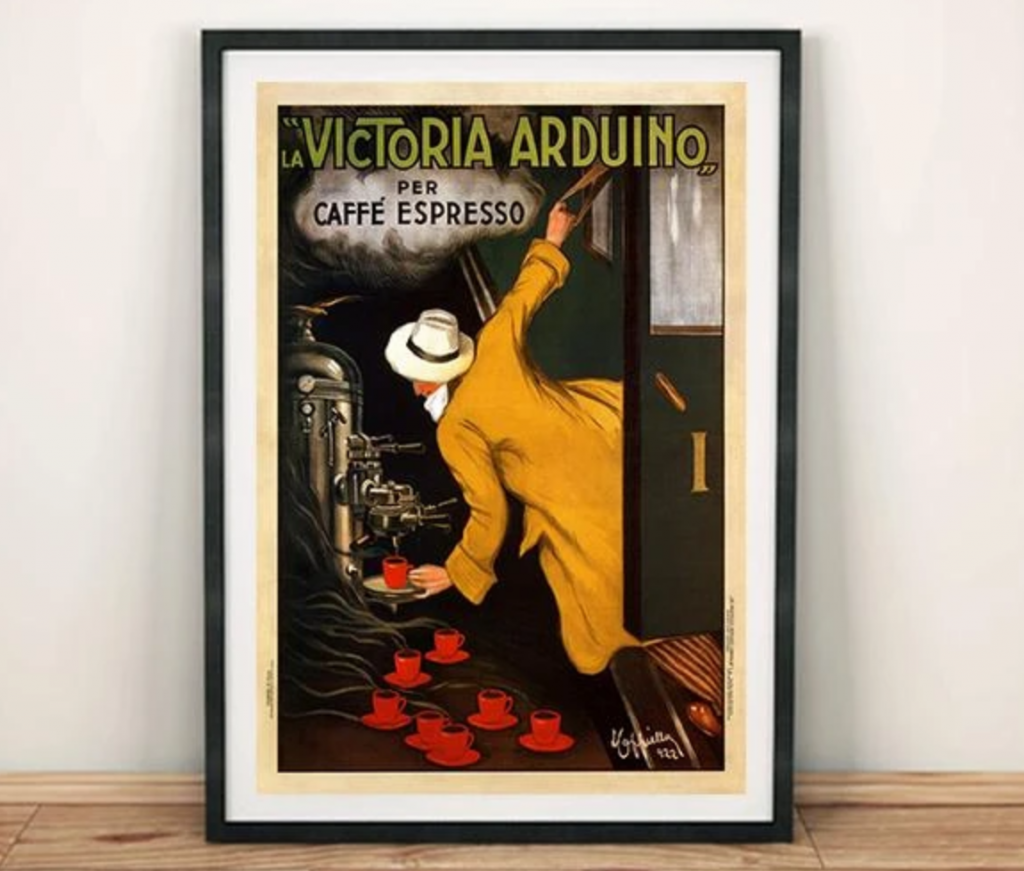
THE INTERNATIONAL SUCCESS OF THE “LEVA” MACHINE
However, espresso coffee remained locked up within the Italian borders, and was not successful abroad for a while.
Then, an evolution of this method was thought to make coffee an Italian product: the lever machine.
This method no longer used steam for the extraction. Instead, a piston operated by a lever, exerted a mechanical pressure on the water, pushing it through the coffee. With this method, the extraction improved a lot, became more full-bodied, creamy and, by decreasing the temperature of the water, less bitter. A real revolution!
What’s interesting is that at first, this drink was not even called espresso, but caffè crema. It only turned into espresso years later, when it completely supplanted the old method, even stealing its name.
It’s with the lever machine that coffee becomes a true symbol of Italy, in the world. These were the first post-war years, when many emigrants were seeking their fortune fleeing from a destroyed Europe. Emigrants who brought with them the new espresso machine technology and its recipes, destined to become legends of our everyday life: espresso, cappuccino, and…
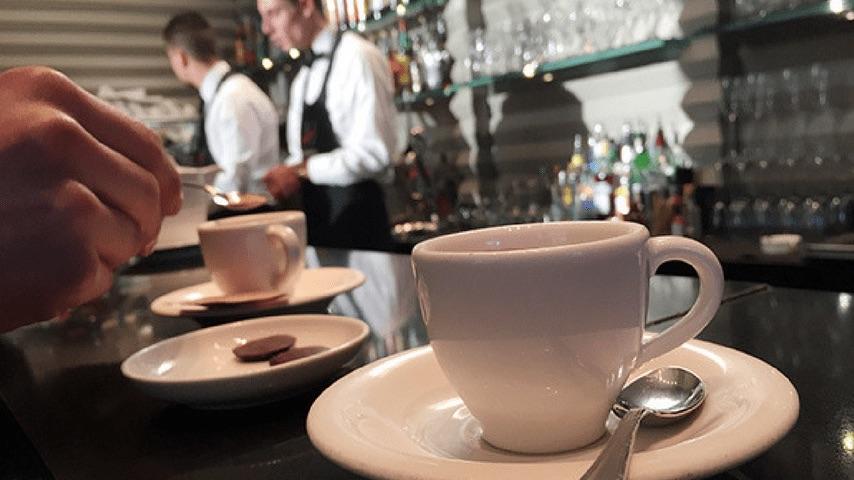
THE ITALIAN TRADITIONAL COFFEE RECIPES
…and others like latte and macchiato and the many other Italian coffee preparations based on espresso. Some (or only a few) have become famous in the world, many others remain enjoyed locally, known only to the locals of certain areas of Italy. Here are some of them:
- Marocchino: also known as mocaccino and nutellino. A mix of coffee, chocolate and whipped cream or milk. Many other modern variations were born from these basic recipes, such as caramellino or hazelnut coffee.
- Caffè shakerato: the summer espresso. A double espresso shaken with ice and (upon choice) some sugar syrup; an icy and creamy summer delight!
- Caffè leccese: Lecce is located in the south of Italy, where it is hot (very hot!) in summer. This preparation puts espresso coffee, ice and almond milk in a tumbler glass, a real delight!
- Cappuccino rovesciato: a quirk from Livorno, Tuscany. The milk is whipped, poured into a cup and then the espresso is added … is that all? In Livorno it is very often corretto with rum.
- Capo in b: in some areas of Italy not even the cappuccino is called by its name. In fact, in Trieste the cappuccino is called Capo in b. Espresso coffee, in this city it’s simply called nero.
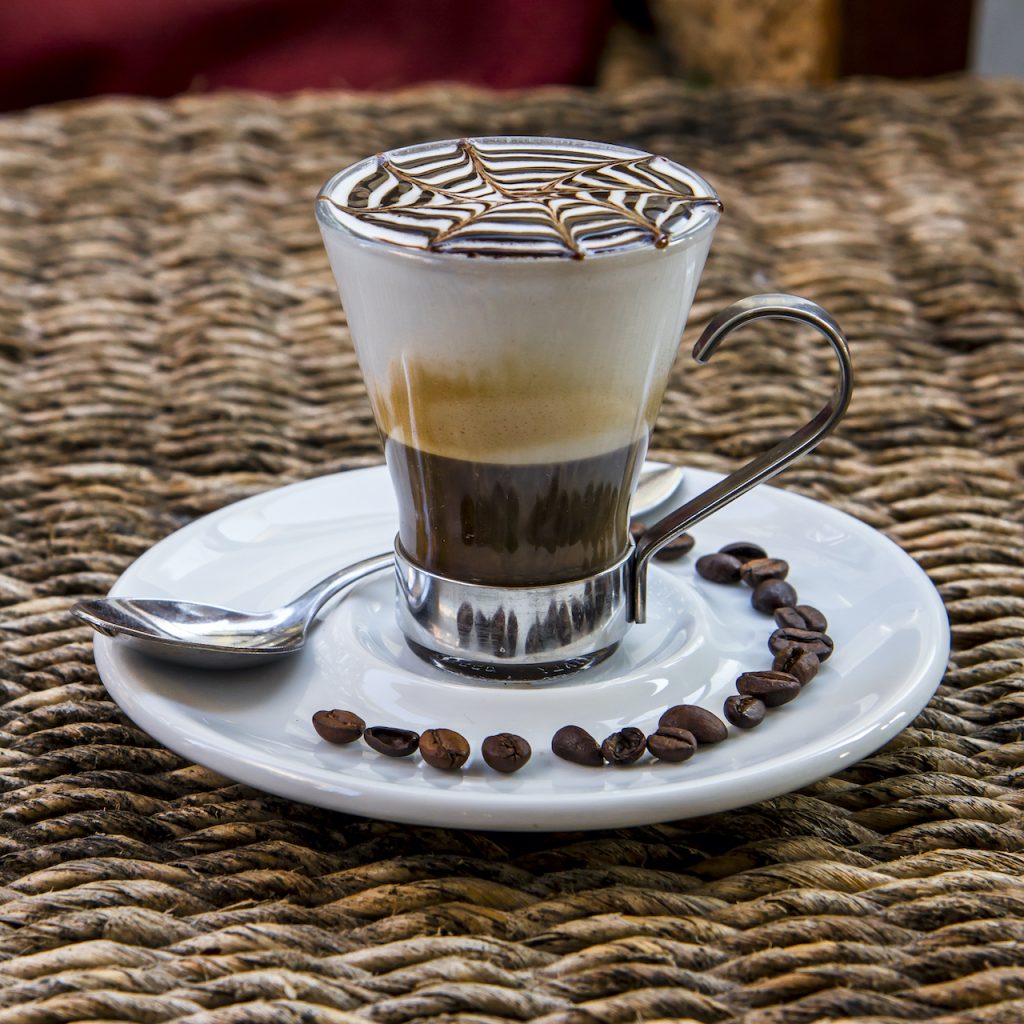
ITALIAN BARISTA METHOD
Italian coffee names and recipes are not always known abroad, a wealth of novelties that many cafés outside of Italy can take advantage of, propose on their menus and use as a real plus against their competitors!
But offering these, means knowing them well: both in the recipes and the service. For this purpose, the Italian Barista Method was born, an international certification system that aims to rediscover not only the recipes of the territory and of the Italian tradition, but also the approach of the Italian barista, based on speed, efficiency, ability and most importantly: the relationship with the customer.
Because a real barista (also) needs to be a great actor!
